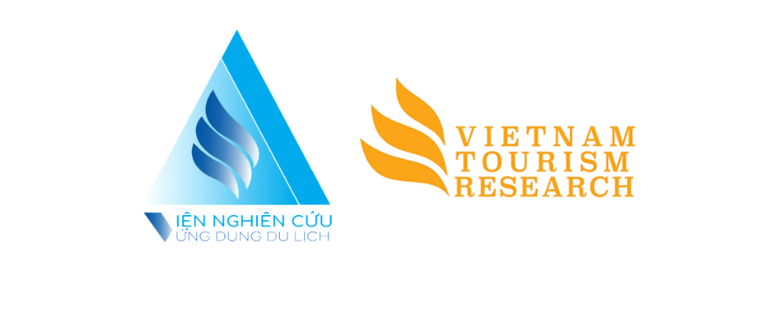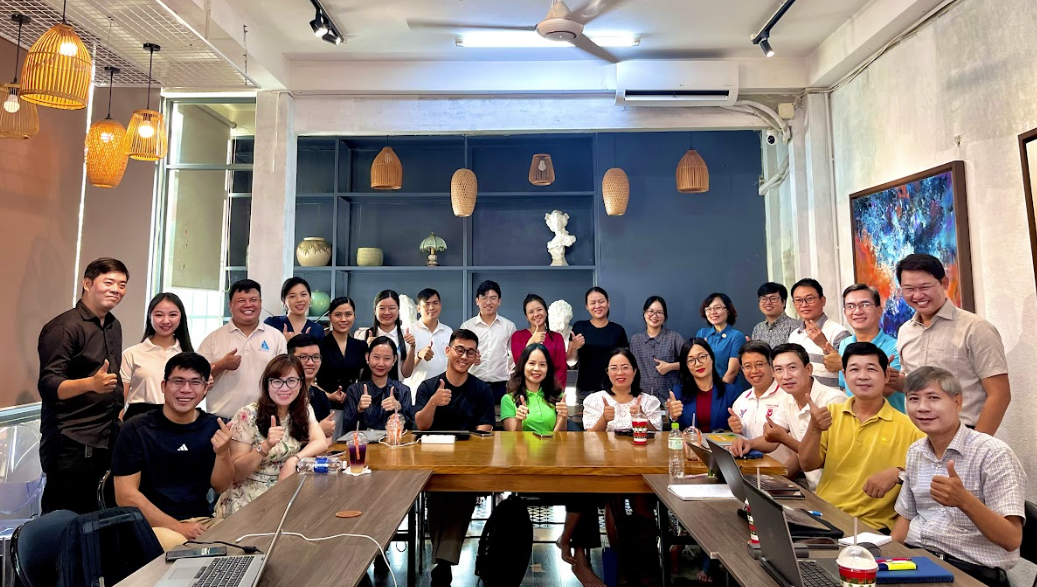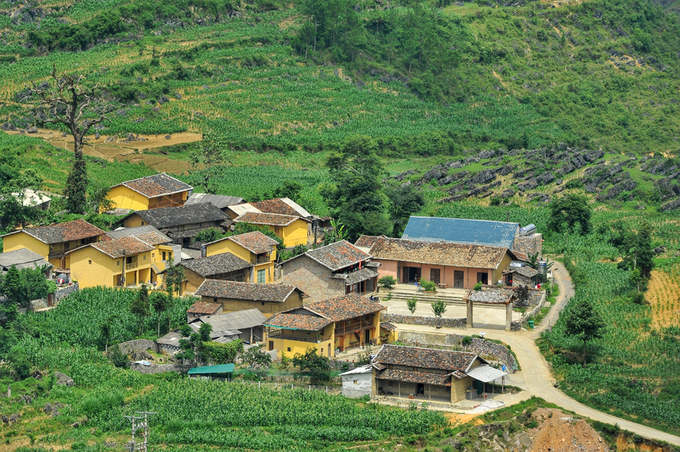This post is also available in:
Tiếng Việt (Vietnamese)
This paper provides a comprehensive analysis of the tourism value chain through a product life cycle approach, with the aim of identifying environmental hotspots and designing integrated business and policy solutions for sustainable development.
Introduction: Why Rethinking the Tourism Value Chain Matters
In the face of multifaceted global challenges—including climate change, economic uncertainty, and the imperative for green transition—the mapping and strategic understanding of tourism value chains have become critically important. Unlike traditional supply chains focused solely on products, the tourism value chain expands the scope to include environmental, economic, and social values throughout service delivery—from resource extraction to consumer behavior and end-of-life logistics.
A well-designed value chain enables policymakers, destinations, and tourism enterprises to identify stakeholder interconnections, environmental “hotspots,” operational risks, and opportunities for value creation in a systemic manner.
From Objectives to Operationalization
Mapping a tourism value chain begins with clearly defining objectives and the scope of assessment. While tourism businesses are primarily concerned with suppliers and consumer behavior, policy institutions require a macro-level perspective on the national tourism system. Ideally, the chain should be mapped across the life cycle stages of tourism services: resource extraction, production/processing, distribution, consumption, and post-use disposal.
Data can be drawn from two main sources: secondary data from statistical agencies and global institutions such as WTO or FAO; and primary field surveys using the “walk-along-the-chain” method, where researchers collaborate with businesses to trace material, financial, and informational flows across the value chain.
The United Nations Environment Programme (UNEP) has developed a three-part value chain map: the left side denotes international actors and investment, the center features domestic ministries and businesses, and the right side includes environmental indicators. This approach allows for integration across multiple domains—energy, water, raw materials, and logistics.
Life Cycle Assessment and Environmental Hotspot Identification
At the core of value chain analysis lies Life Cycle Assessment (LCA), which quantifies environmental impacts at each stage of the product-service life cycle. For example, HVAC systems in hotels can account for up to 50% of total energy consumption. Identifying emissions, water use, food waste, or biodiversity loss helps prioritize interventions.
Hotspot analysis is the next step. A hotspot is defined as a process or area contributing over 50% of total life cycle impact. UNEP outlines an 8-step methodology for hotspot identification—from scope definition and stakeholder engagement to expert consultation and result dissemination. Simple tools such as color-coded matrices (e.g., red = high impact, orange = moderate, green = resolved) can support effective decision-making.
For instance, beef is a notable hotspot in tourism due to livestock emissions and food waste. Beer, too, exemplifies water intensity, requiring up to 120 times its volume in water for production and cleaning.
Developing Systemic Initiatives and Solutions
A value chain map is only meaningful when translated into action. Initiatives should be structured across various levels:
International (e.g., Paris Agreement, WTO standards)
National (e.g., green tourism strategies)
Sectoral (e.g., industry green pacts)
Destination-specific (e.g., water quality monitoring)
Enterprise-level (e.g., banning single-use plastics, waste tracking)
Solution ideation can take place through co-creation workshops, where businesses explore new models, policy pathways, or public–private partnerships. An example of successful implementation is Dominica’s multi-level hotel energy efficiency program.
The execution roadmap should be time-sequenced:
Short term (1–3 years)
Medium term (4–6 years)
Long term (up to 10 years)
Solutions should be clustered thematically—for example, under “sustainable gastronomy” or “clean energy”—to amplify impact and cross-sector engagement.
Business Models and Policy Instruments
Businesses can adopt the Business Model Canvas to design sustainable models that yield both environmental and financial returns. For instance, studies show that each USD invested in reducing food waste may generate up to USD 7 in financial benefits. Similarly, switching to LED lighting or optimizing HVAC systems can reduce energy costs by up to 26%.
Supporting policies must incorporate five categories of instruments:
Regulatory (e.g., bans on single-use plastics)
Economic (e.g., green tax incentives)
Informational (e.g., awareness campaigns)
Voluntary (e.g., industry commitments)
Behavioral (e.g., nudging strategies to shift consumer choices)
A robust policy cycle should involve:
Problem identification → Planning → Implementation → Monitoring, with life cycle and value chain approaches embedded to ensure more grounded and effective policymaking.
The “Golden Thread” of Sustainable Tourism Development
The tourism value chain is not merely an analytical tool but a strategic roadmap for future development. From data to policy, from enterprise to governance, all actors hold a role in building a greener, fairer, and more sustainable tourism system.
The key lies in systemic thinking—and a collective commitment to continuous improvement based on empirical evidence. If sustainable development is the “destination,” then the value chain is the “pathway” for tourism to reach it.










